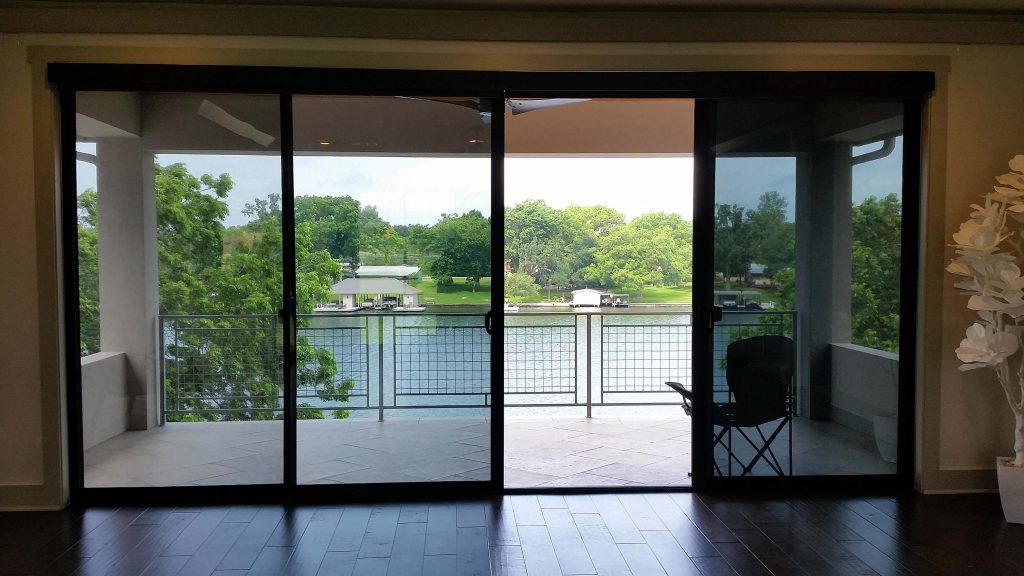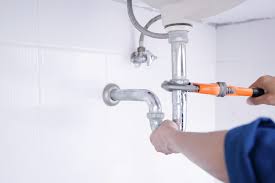Commercial window tinting offers numerous benefits, including enhanced privacy, UV protection, and energy efficiency. To ensure that your investment lasts and continues to perform optimally, proper maintenance is essential. Here’s a comprehensive guide on how to maintain your commercial window tinting effectively.
Understanding the Tinting Material
Before diving into maintenance, it’s important to know the type of tint you have installed. Common materials include:
- Dyed Window Film: Provides aesthetic benefits and reduces glare but may fade over time.
- Metalized Window Film: Reflects heat and UV rays and is generally more durable.
- Ceramic Window Film: Commercial window tinting, Offers high performance with excellent clarity and UV protection without metallic components.
Understanding your film type will help you choose the right cleaning and maintenance techniques.
Cleaning Your Tinted Windows
Regular cleaning is crucial to maintain the appearance and functionality of your tinted windows. Here’s how to do it:
A. Use the Right Cleaning Products
- pH-Neutral Cleaners: Opt for pH-neutral cleaners that won’t damage the film. Avoid ammonia-based cleaners, as they can deteriorate the tint over time.
- Soft Cloths: Use microfiber cloths or soft sponges to avoid scratching the tint. Avoid abrasive materials that can cause damage.
B. Cleaning Method
- Dust and Debris Removal: Start by removing any dust or loose debris from the window surface using a dry microfiber cloth.
- Apply Cleaner: Spray the pH-neutral cleaner onto the cloth (not directly onto the window) to prevent oversaturation.
- Wipe Gently: Gently wipe the window in a circular motion, ensuring you cover the entire surface without applying too much pressure.
- Drying: Allow the window to air dry or use a clean, dry microfiber cloth to wipe away any remaining moisture.
Avoiding Common Mistakes
To preserve the integrity of your window tint, avoid these common pitfalls:
- Don’t Use Abrasive Cleaners: Avoid cleaners with harsh chemicals or abrasive properties that can scratch or damage the film.
- Avoid Excessive Scrubbing: Excessive scrubbing can lead to scratches or peeling. Always use gentle motions.
- Do Not Roll Down Windows Immediately: After installation, avoid rolling down tinted windows for at least 3 to 5 days to allow the adhesive to cure properly.
Inspecting for Damage
Regular inspections can help you catch any issues early on:
- Check for Bubbles: Look for bubbles or peeling at the edges of the film. Small bubbles may dissipate over time, but larger ones might need professional attention.
- Look for Scratches: Inspect for any scratches or signs of wear that may indicate the need for repair or replacement.
- Assess Fading: Over time, some films may fade. If you notice significant discoloration, it might be time to consider a replacement.
Addressing Repairs and Replacements
If you discover issues during your inspections:
- Minor Repairs: Small scratches can sometimes be repaired with special kits. However, it’s often best to consult a professional for significant damage.
- Professional Help: If you notice bubbles, peeling, or severe fading, it’s advisable to contact the installation company or a professional tinting service for repairs or replacements.
Seasonal Considerations
Seasonal changes can impact your window tinting:
- Summer Care: In hotter months, ensure you clean and inspect your tint regularly. Increased sun exposure can accelerate wear.
- Winter Maintenance: Be cautious when removing ice or snow from tinted windows. Use a soft brush rather than a scraper to avoid scratching.
Educating Employees
Understanding the Benefits of Window Tinting
Start by explaining the benefits of window tinting, as understanding the “why” can motivate employees to take care of it.
- Energy Efficiency: Tinted windows can help reduce heat, leading to lower energy costs by minimizing the need for air conditioning.
- UV Protection: Window tint blocks harmful UV rays, protecting both employees and furnishings from damage.
- Enhanced Privacy: Tinted windows provide an added layer of privacy, creating a more comfortable work environment.
- Improved Aesthetics: Tinted windows enhance the overall appearance of the building, contributing to a professional image.
2. Training on Cleaning Procedures
Provide employees with clear instructions on how to clean and maintain tinted windows. Consider the following points:
A. Cleaning Materials
- Approved Cleaners: Share a list of approved, pH-neutral cleaners that are safe for tinted windows. Avoiding ammonia-based products is crucial.
- Soft Cleaning Tools: Recommend microfiber cloths and soft sponges to prevent scratches.
B. Cleaning Techniques
Conduct a brief training session or provide a step-by-step guide on the cleaning process:
- Initial Dusting: Remove loose dirt and dust with a dry cloth.
- Apply Cleaner: Spray the cleaner onto a cloth, not directly onto the window.
- Gentle Wiping: Wipe the window in a circular motion without applying too much pressure.
- Drying: Allow the window to air dry or use a clean cloth to wipe away moisture.
Conclusion
Maintaining your commercial window tinting is essential for ensuring its longevity and effectiveness. By understanding the type of tint you have, using appropriate cleaning methods, avoiding common mistakes, and performing regular inspections.
You can keep your tinted windows looking great and functioning optimally. A little care goes a long way in preserving the benefits of your investment, providing comfort and protection for years to come.



